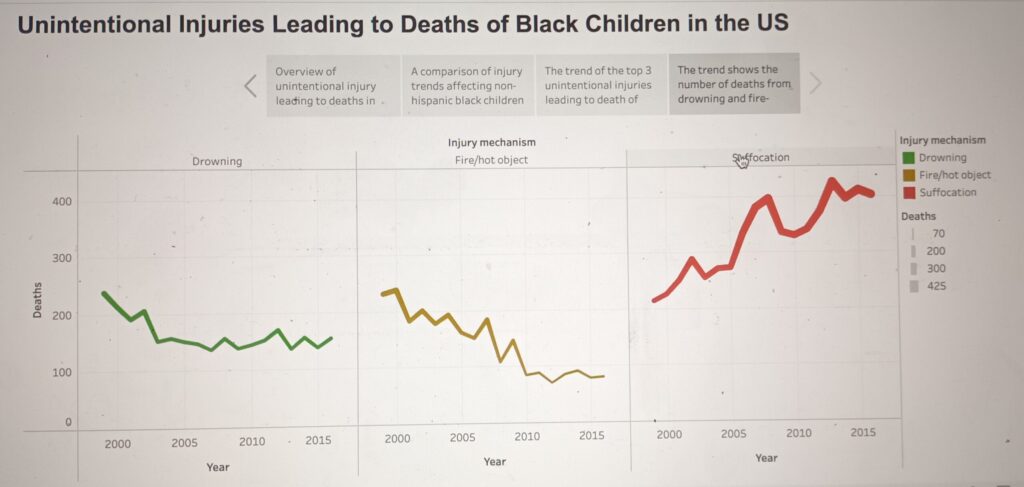Children are quite adventurous and curious by nature. A trait that could lead to medical emergencies if not properly managed. Yes, we know you’re a teacher and not a Doctor but it doesn’t hurt to have some First Aid knowledge. This knowledge will help you when a child in your care suddenly goes into a health crisis. No parent wants their child to die in school, so you need to know what to do.
Assess the child
Is the child unable to speak at all? Is the throat getting swollen? Is he/she able to cough a bit? An assessment helps you know the next set of actions to take. This should be done in a timely manner because time is of the essence in medical situations. If the child is coughing a bit, encourage it as coughing opens up the airways. If the child is unable to speak it means the airway is totally blocked and you need to take effective and correct action.
Administer back blows
Back blows are firm blows with the heel of your hand between the shoulder blades of the child. To administer, put an arm across the chest of the child with the child leaning forward and give 5 successive back blows. The aim of back blows is to dislodge the obstruction in the child’s airways.

Abdominal thrust
Abdominal thrust also known as Heimlich procedure is another procedure to dislodge obstruction. To administer, kneel behind the child or stand with one foot in front of the other. Wrap your arms around the child’s waist, locate a point above the navel but below the lower part of the rib cage. Grabbing your arms around the child, give 5 upward thrusts. Quick but distinct thrusts. This will dislodge the object. If the child starts coughing, encourage it.

CPR
If the child is unresponsive after abdominal thrusts and back blows, CPR may become necessary. Place the child on a firm surface. Place the heel of your hand in the centre of the child’s chest, put the other hand on top and lace your fingers facing upward. Apply 30 compressions and give 2 breaths to the child. Repeat cycle until the child starts breathing on his own or help arrives.

As you can see in the video here, the teacher did not get down on her knees or put one feet in front of the other to do the Heimlich procedure, instead she lifted the boy up. This shows that in an emergency, all the steps you have learned may not occur in that sequence due pressure or panic. However, it is important to produce correct results. The teacher also mentioned that in 17 years she had not used that knowledge, what if she had no clue what to do? We should get knowledge and be prepared as emergencies can happen anywhere, anytime and on any type of job.
Image credit: WikiHow, Raising Children Network




